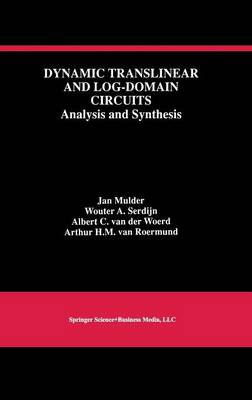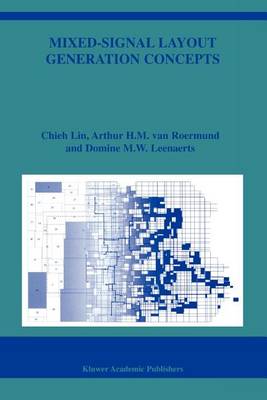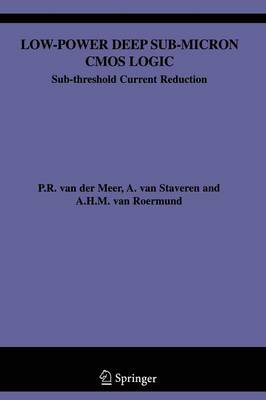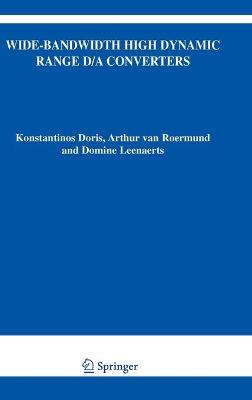The Springer International Series in Engineering and Computer Science
4 primary works
Book 481
Dynamic Translinear and Log-Domain Circuits
by Jan Mulder, Wouter A. Serdijn, Albert C. van der Woerd, and Arthur H.M. van Roermund
Translinear and log-domain filters are based on the dynamic translinear principle, a generalization of the conventional (static) translinear principle. Besides their application for linear filters, dynamic translinear circuits can also be used for the realization of non-linear dynamic functions, such as oscillators, RMS-DC converters and phase-locked loops.
Dynamic Translinear and Log-Domain Circuits: Analysis and Synthesis covers both the analysis and synthesis of translinear circuits. The theory is presented using one unifying framework for both static and dynamic translinear networks, which is based on a current-mode approach. General analysis methods are presented, including the large-signal and non-stationary analysis of noise. A well-structured synthesis method is described greatly enhancing the designability of log-domain and translinear circuits. Comparisons are made with respect to alternative analysis and synthesis methods presented in the literature. The theory is illustrated and verified by various examples and realizations.
Dynamic Translinear and Log-Domain Circuits: Analysis and Synthesis is an excellent reference for researchers and circuit designers, and may be used as a text for advanced courses on the topic.
Book 751
Mixed-Signal Layout Generation Concepts
by Chieh Lin, Arthur H. M. van Roermund, and Domine Leenaerts
This title covers important physical-design issues that exist in contemporary analogue and mixed-signal design flows. The authors bring together many principles and techniques required to successfully develop and implement layout generation tools to accommodate many mixed-signal layout generation needs.
Book 841
Low-Power Deep Sub-Micron CMOS Logic
by P. van der Meer, A. van Staveren, and Arthur H.M. van Roermund
Book 871



